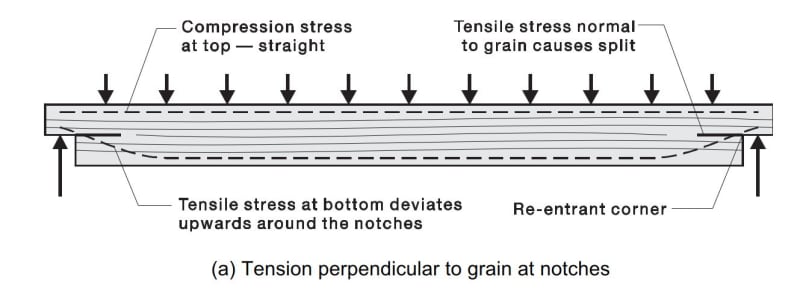MegaStructures
Structural
- Sep 26, 2019
- 376
See below...
Follow along with the video below to see how to install our site as a web app on your home screen.
Note: This feature may not be available in some browsers.
MS said:Question #1) As I understand it beam bracing is predominately needed to prevent twist of the cross section, so should the stiffness snd strength of the deck plate be measured in it's in plane direction (axial stretch/shortening), or should its ability to resist an end rotation be measured?
MS said:I'm inclined to believe the stiffness and strength requirements are for an in-plane deck force only, since an in-plane force at the top of the flange would effectively prevent twist of the compression flange, due to its offset location from the N.A.
MS said:Question #2) Is the most appropriate method to check the strength and stiffness of a continuous deck plate to check in 1' unit strip widths? Same would go for the connections between the deck and beam compression flange.
MS said:Question #3) The beam stiffness equation has a variable Pf, which is the beam compressive flange force. I assume it is conservative to take the full compressive force above the N.A. as My/I+Pc
steveh49 said:KootK, what did you make of the strength requirement for continuous bracing in that report?
Yura said:As a simply supported beam buckles...
KootK said:We're correct and simply haven't encountered these insights before... I've reviewed a LOT of documents on member reinforcing trying to find evidence of the hanger force and end moment concepts. I've not seen it come up once, anywhere. If somebody else has, I'd love to hear of it.

